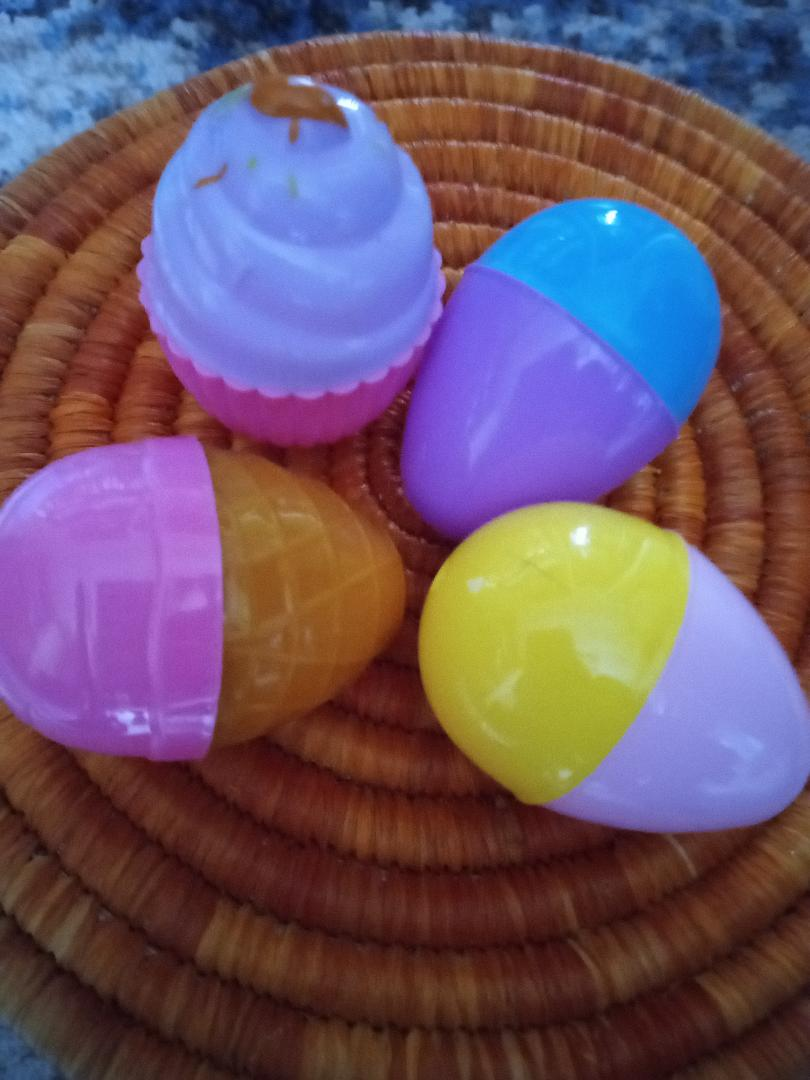Dress up is a crucial part of learning play in preschool classrooms and Montessori learning centers. If you homeschool, dress up should be part of your practical life, dramatic play and even science learning centers. The more hands-on and interactive the lesson plans, the better children learn.
My most recent post gave ideas for a children's literature book party. One book party activity is for children to dress up as characters from books. Here are ideas to make simple, no-sew DIY animal costumes, using your recycle bin and some basic household scraps. These are perfect for preschool science learning centers, kids plays, story party activities and children's theater. Get more Montessori bang by having children create costumes themselves. Click here for free printable animal costume patterns.
For basic animal costumes, you will need.
* blanket sleeper (zippered pajamas with covered feet). Use an old one or pick one up second hand. Choose sleeper color based on the type of animals it will be used for:
--green: frog, dinosaur, gecko, snake, lizard, dragon, caterpillar, parrot
--yellow or tan: baby chick, tiger, leopard, lion
--red: ladybug, bird, fox
--pink: pig, shrimp, flamingo
--black, brown, white or gray: cat, dog, donkey, horse, cow, squirrel, raccoon, guinea pig, hamster, rabbit, penguin, spider, groundhog, woodchuck, chipmunk
--orange, blue or purple: bird, fish, butterfly
* knit hat in matching color
* five old socks in matching colors
* recycled cardboard from cereal boxes or packaging
* glue dots or self-stick Vel-cro
* sharp scissors
* assorted fabric scraps, pom-poms, feathers, faux gems, ribbon, sequins (optional)
Now
* Draw design details with permanent marker on sleeper: lines, circles, stripes, spots wings etc.
* Use glue dots or Vel-cro to add embellishments to sleeper: sequins or faux gems are great for fish scales or birds. Glue faux feathers on for bird wings. Glue ribbon on for stripes. Pom-poms can be fish scales or hair on curly-haired puppies.
* On two socks (or old old knit gloves) draw black lines on toe ends simulate paws or claws. Draw circles on the palm to look like paw pads (socks make great improvised mittens).
* Stuff one sock with recycled rags for a tail. Sew it to the back of the sleep or hot glue it on. You can also glue a large pom pom on the back for a fuzzy tail.
* Make ears using the remaining two socks and the knit hat. Stuff the socks halfway full of scrap fabric. Cut two small holes in the hat for ears. Push open ends of socks through holes and tie knots in ends so socks won't slip through hole.
Montessori says lesson plans should allow children maximum creativity in open-ended, hands-on, interactive activities. Encourage them to make up their own designs for animal costumes. You could make these in collage or art learning centers also. Once children have made costumes they might write their own scripts for plays about their characters. They might also act out preschool children's literature selections based on animals.
Here are free printable animal masks to complete costumes. Engage the youngest learners making masks, to keep them productively involved and make them feel part of the activity.














